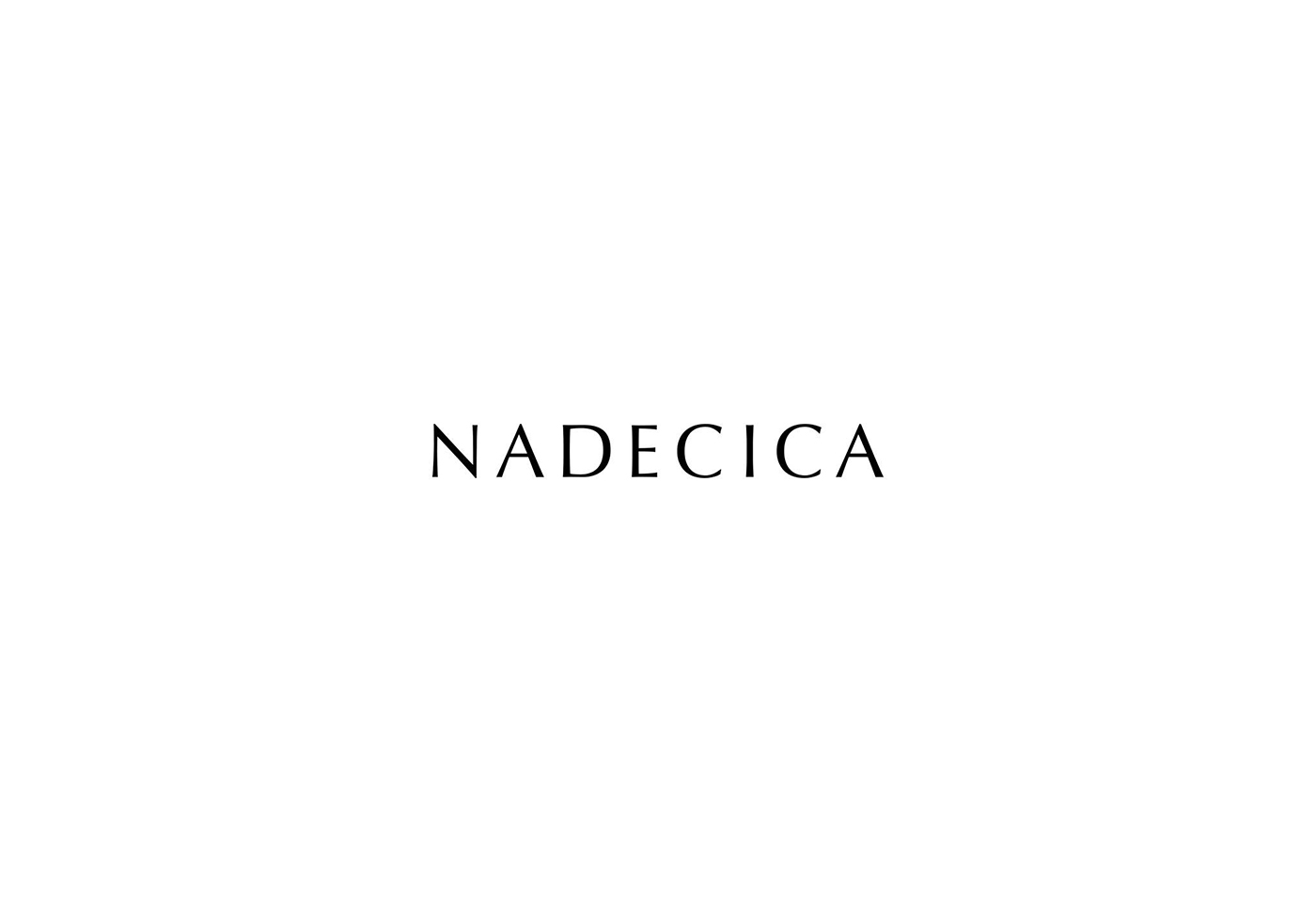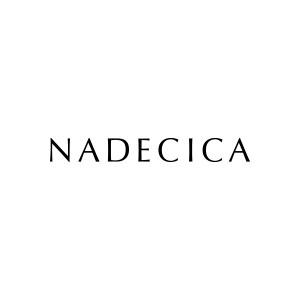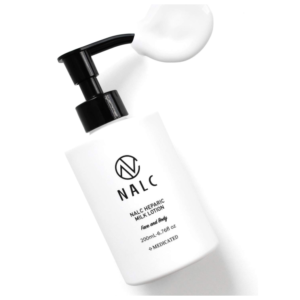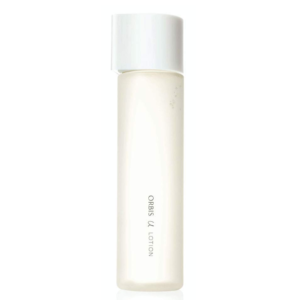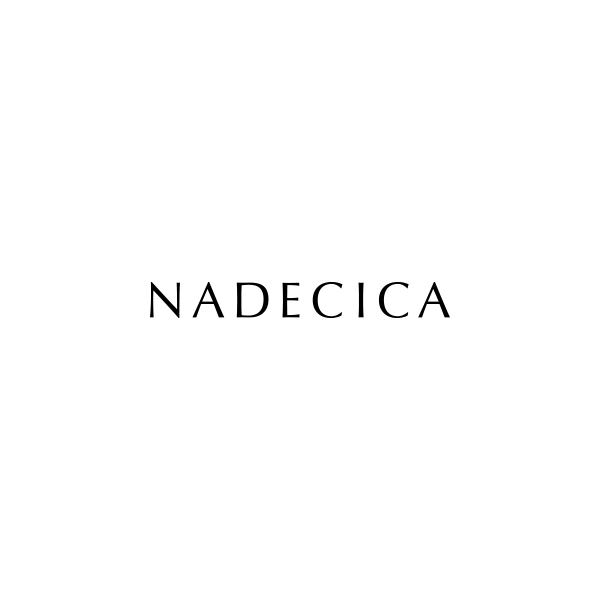目次
To improve the probability of collection (and avoid bad debts expense) many sellers prepare and mail monthly statements to all customers that have accounts receivable balances. If worded skillfully, the seller can use the statement to say “thank you for your continued business” while at the same time “reminding” the customer that receivables are being monitored and payment is expected. To further prompt customers to pay in a timely manner, the statement may indicate that past due accounts are assessed interest at an annual rate of 18% (1.5% per month). Because transactions are usually itemized on the statement, some customers use the statement as a means to compare its records with those of the seller. Accounts receivable aging is useful in determining the allowance for doubtful accounts.
- This entry assumes a zero balance in Allowance for
Doubtful Accounts from the prior period. - Though part of an entry for bad debt expense resides on the balance sheet, bad debt expense is posted to the income statement.
- If there is a carryover balance, that
must be considered before recording Bad Debt Expense. - Accounts receivable aging sorts the list of open accounts in order of their payment status.
- As of January 1, 2018, GAAP requires a change in how health-care entities record bad debt expense.
It means, under this method, bad debt expense does not necessarily serve as a direct loss that goes against revenues. The detailed information in the accounts receivable subsidiary ledger is used to prepare a report known as the aging of accounts receivable. It is also useful in determining the balance amount needed in the account Allowance for Doubtful Accounts. You may notice that all three methods use the same accounts for the adjusting entry; only the method changes the financial outcome. Also note that it is a requirement that the estimation method be disclosed in the notes of financial statements so stakeholders can make informed decisions. Allowance for Doubtful Accounts decreases (debit) and Accounts Receivable for the specific customer also decreases (credit).
Meanwhile, any bad debts that are directly written off reduce the accounts receivable balance on the balance sheet. Continuing our examination of the balance sheet method, assume that BWW’s end-of-year accounts receivable balance totaled $324,850. This entry assumes a zero balance in Allowance for Doubtful Accounts from the prior period. For example, when companies account for bad debt expenses in their financial statements, they will use an accrual-based method; however, they are required to use the direct write-off method on their income tax returns. This variance in treatment addresses taxpayers’ potential to manipulate when a bad debt is recognized.
What is a Contra Account?
You may notice that all three methods use the same accounts for
the adjusting entry; only the method changes the financial outcome. Also note that it is a requirement that the estimation method be
disclosed in the notes of financial statements so stakeholders can
make informed decisions. Allowance for Doubtful Accounts decreases (debit) and Accounts
Receivable for the specific reporting stockholder equity customer also decreases (credit). Allowance for doubtful accounts decreases because the bad debt
amount is no longer unclear. Accounts receivable decreases because
there is an assumption that no debt will be collected on the
identified customer’s account. For example, most companies bill their customers toward the end of the month, and the aging report is generated days later.
This method assumes that a certain proportion of credit sales will eventually become uncollectible. The specific percentage used may vary depending on historical data and industry norms. Bad debt expense arises when a customer fails to pay their outstanding balance within a reasonable period. It often occurs due to various reasons such as bankruptcy, financial distress, or disputes over services rendered. To properly calculate bad debt expense, businesses must first establish an allowance for doubtful accounts (ADA). This allowance represents the estimated amount of outstanding receivables that are unlikely to be collected.
Free Accounting Courses
To find bad debt expense expense in the Aging Method, you estimate the expense by calculating the percentages from aged receivables. Based on past experience and its credit policy, the company estimate that 2% of credit sales which is $1,900 will be uncollectible. Some of the people it owes money to will not be made whole, meaning those people must recognize a loss.
Fundamentals of Bad Debt Expenses and Allowances for Doubtful
In general, the longer a customer prolongs their payment, the more likely they are to become a doubtful account. When your business decides to give up on an outstanding invoice, the bad debt will need to be recorded as an expense. Bad debt expenses are usually categorized as operational costs and are found on a company’s income statement. If your small business accepts credit sales, you run the risk of encountering something called a “bad debt expense.” Bad debt expenses are outstanding accounts that, after some time going unpaid, are deemed uncollectible. It distinguishes open accounts receivables—or customers with outstanding balances—based on how long an invoice has been unpaid. The aging method is used to estimate the number of accounts receivable that cannot be collected.
Calculate bad debt expense direct write off method
Therefore, the company must increase the credit balance in the Allowance account by $7,000 with an accounting entry that debits Bad Debt Expense for $7,000 and credits Allowance for Doubtful Accounts for $7,000. Bad debt expense is the loss that incurs from the uncollectible accounts, in which the company made the sale on credit but the customers didn’t pay the overdue debt. Bad debt expense is a natural part of any business that extends credit to its customers.
The balance sheet aging of receivables method
estimates bad debt expenses based on the balance in accounts
receivable, but it also considers the uncollectible time period for
each account. The longer the time passes with a receivable unpaid,
the lower the probability that it will get collected. An account
that is 90 days overdue is more likely to be unpaid than an account
that is 30 days past due. As the accountant for a large publicly traded food company, you are considering whether or not you need to change your bad debt estimation method.
Bad Debt Expense increases (debit) as does Allowance for Doubtful Accounts (credit) for $58,097. The IRS allows companies to write off aged receivables, but only if the company has given up on collecting the debt. The primary useful feature is the aggregation of receivables based on the length of time the invoice has been past due. Accounts that are more than six months old are unlikely to be collected, except through collections or a court judgment.

